Exclusive Interview: Luis Grané on the Haunting Melancholy Of Technology and Analysis Paralysis in ‘Nowhere Stream’
Luis Grané has built a prolific animation career over the past two decades. He’s worked in the animation department and a character designer on animated feature films like Ratatouille, 2009’a Astro Boy, Hotel Transylvania, and The Boxtrolls, not to mention assisting in the animation and visual effects department on breakout live-action movies like Spider-Man 2 and The Matrix Revolutions. Grané’s most recent work has pushed him towards directing, whether it’s in the Emmy Award-winning City of Ghosts or Netflix’s recent contemplative cartoon, Carol & The End of the World. Grané’s latest work is on an animated short film, Nowhere Stream, which is currently making waves at the Slamdance independent film festival. Luis Grané, to celebrate his new directorial effort, gets candid on his career’s trajectory, the types of stories that motivate him to create, and why Nowhere Stream is such a personal labor of love.
Daniel Kurland: This is such a powerful short film. What was the primary inspiration for this story and how long had you been wanting to tell it?
Luis Grané: During the pandemic, we were confined to working at home. Being online was the only escape and means of communication. I had many pieces that became the final short over about two years. One day, Tomas Basile, my producer, and I decided to finish and put it together with all the other missing pieces.
Daniel Kurland: Was it a particularly lengthy production to bring all of this together?
Luis Grané: I had to work in the time that was available between productions or over the weekends, I worked on the short for a relatively long period of time.
Daniel Kurland: Nowhere Stream is so succinct and covers so much in just six minutes. Was there more that you wanted to say, explore, or depict that was ultimately pared down, or was this more or less always the full story?
Luis Grané: Yes, this was kind of the full story. Maybe at the beginning there were other shots that we wanted to include or some extra animation but were discarded afterwards in the editing process.
Daniel Kurland: The flashes that occur throughout Nowhere Stream felt like they’re meant to symbolize a break from reality or almost like a literal representation of how someone needs to “refresh” themselves like a webpage. Was that intentional?
Luis Grané: Yes, the character goes through different “stages”, searching for entertainment, money, religion and love in the virtual world. The flashes are a visual cue to represent the transitions between these stages.
Daniel Kurland: The morphing keyboard, whether it’s wet or a waffle, are such evocative visuals, especially with the added sound design. How did that concept come about?
Luis Grané: The morphing keyboard serves as the link between the real world and the virtual world, acting as an extension of the character’s feelings. For instance, when the character is looking at the preacher and tries to donate money, the keyboard transforms into a kid’s toy keyboard, serving as a metaphor for ingenuity and gullibility.
Daniel Kurland: The sound design in general is really remarkable and one of the most powerful tools in this short. Was that an important aspect to accentuate?
Luis Grané: It was important to match some of the already powerful visuals with a potent sound. The music was done by Chato Basile, a very talented Argentine musician.
Daniel Kurland: Can you talk a little on the decision to have all of the dialogue be garbled? Is it meant to be a reflection of how the endless information of the Internet can actually numb people to what’s going on and prevent them from truly hearing each other?
Luis Grané: Do you mean when the TV preacher is talking? In that part of the film, the character is speaking in tongues. I intentionally included it to illustrate how people can be manipulated and enter a numbed state, as you mentioned, by blindly following these TV preachers or any kind of organized religion.
Daniel Kurland: There’s such a distinct style to Nowhere Stream. Were there any particular influences or reference points that you turned to during its production?
Luis Grané: I couldn’t say that the film has a very definitive style. The main character has a resemblance to the Sumerian worshipers sculptures from 2600 BCE.
Daniel Kurland: I also love the work that you’ve done as a supervising director on City of Ghosts and Carol & The End of the World, which are such beautiful series. What was it like transitioning over from the animation department to directing and was this always the path that you were interested in pursuing?
Luis Grané: I really loved these two, very different experiences. Working as a director gives me the chance to have my voice in many of the stages of the projects, from the first searches for style, pace and tone, to the final design, animation and post-production.
Daniel Kurland: One of your first credits is on Dreamworks’ The Prince of Egypt, which is such a staggering movie that was really underappreciated upon its release. Can you talk a little about your experience on that film, especially as an up-and-coming animator?
Luis Grané: The Prince of Egypt was my first feature experience and my first project here in the US. The amount of talent that worked on that film is unparalleled. I learned so much from the top professionals in the industry at the time. It’s true that it was underappreciated, but even today, many people tell me how much that movie inspired them.
Daniel Kurland: You’ve played a part in some very big productions, whether it’s Spider-Man 2, Astro Boy, or Green Eggs and Ham. What are some of the challenges when it comes to designing characters that aren’t your original creations versus something like Nowhere Stream that’s a completely original production? Is there anything that you learned on the former that helped you with the latter?
Luis Grané: Each project presents its unique set of challenges. Working on large-scale projects or established franchises like Spider-Man or Astro Boy comes with additional constraints, requiring adaptation to specific styles. While some directors allow creative freedom for character interpretation or visual style, it doesn’t quite compare to projects like Nowhere Stream. Here, I set the rules, establish the visual vocabulary, and operate without the need to report to a director. The wealth of experience gained over the years has proven invaluable in designing my own films, providing a solid foundation to navigate the creative process.
Daniel Kurland: You helped with visual effects on The Matrix Revolutions, which was such a highly-anticipated feature film? Can you get specific on what your role was in the movie and what it was like to work on a movie that had such high expectations?
Luis Grané: It’s a rather amusing tale. I initially joined the team for Spider-Man 2 at Sony Imageworks, but as the production wasn’t quite ready, they decided to assign me to Matrix Revolutions in the meantime. My primary task was animating the ‘Sentinels,’ and I thought, “Great! The Sentinels!” However, there was a small hiccup – I had no idea what a Sentinel was. I turned to a friend already working on the project and asked, “What the hell is a Sentinel?” You see, I knew nothing about The Matrix! Of course, I promptly went home, watched the first two movies, and discovered that Sentinels were these robotic creatures with tentacles.
Animating these creatures proved to be quite a challenge, especially given the absence of tools like procedural animation that we have today. Back then, we had to animate each individual tentacle manually, and let me tell you, it was no walk in the park. The directors would instruct me, “In this shot, the Sentinels are attacking like rabid dogs,” and I had to figure out how to bring that performance to life.
Daniel Kurland: What do you ultimately hope that audiences take away from Nowhere Stream?
Luis Grané: I hope that the film can trigger some thoughts and interpretations in the audience that will ultimately enrich the piece.

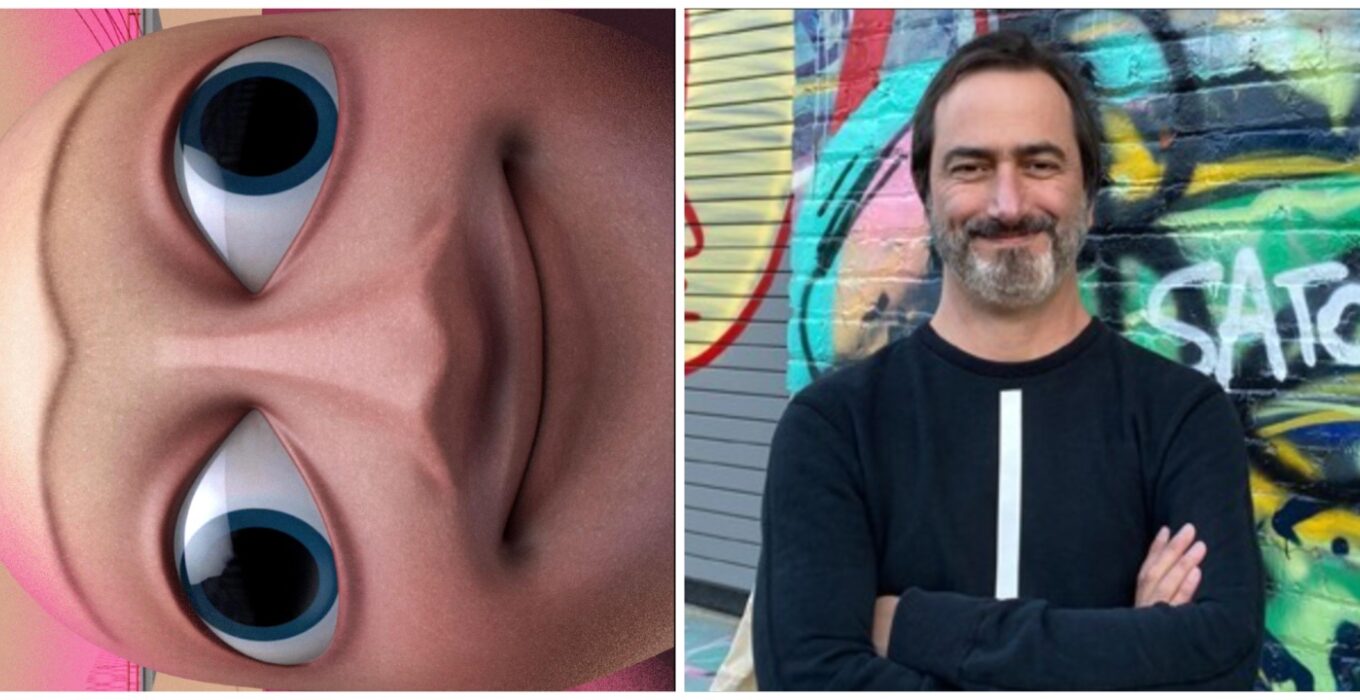
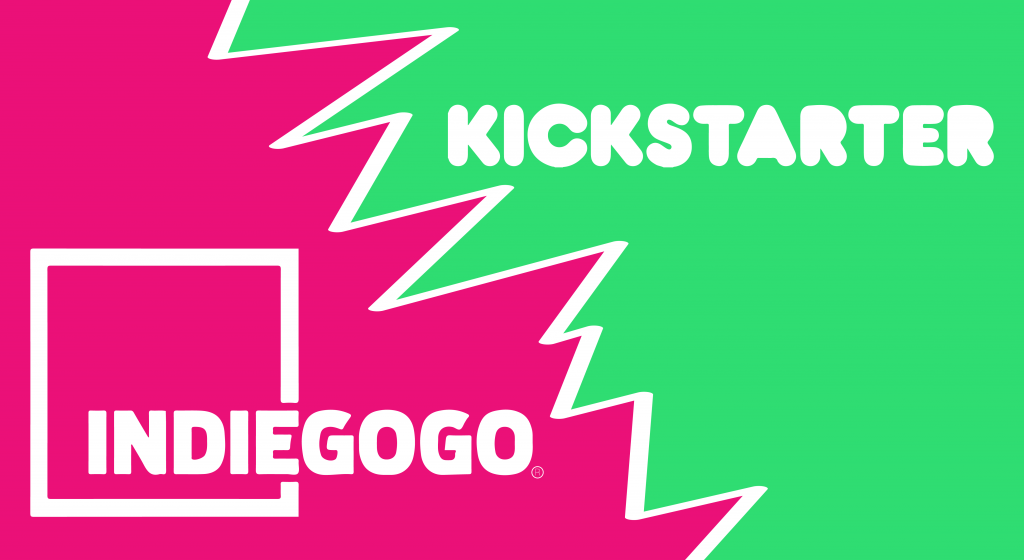

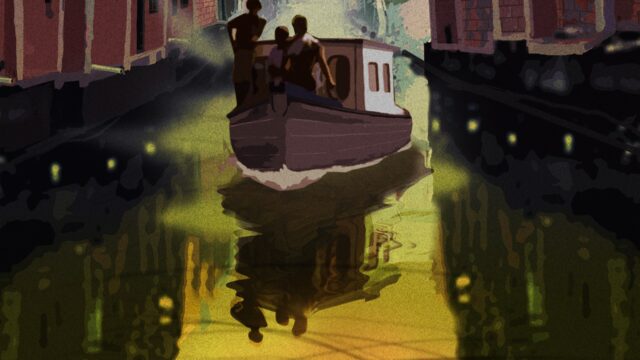
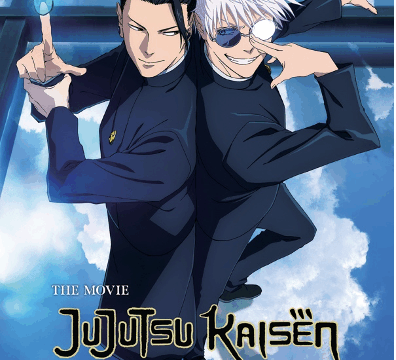











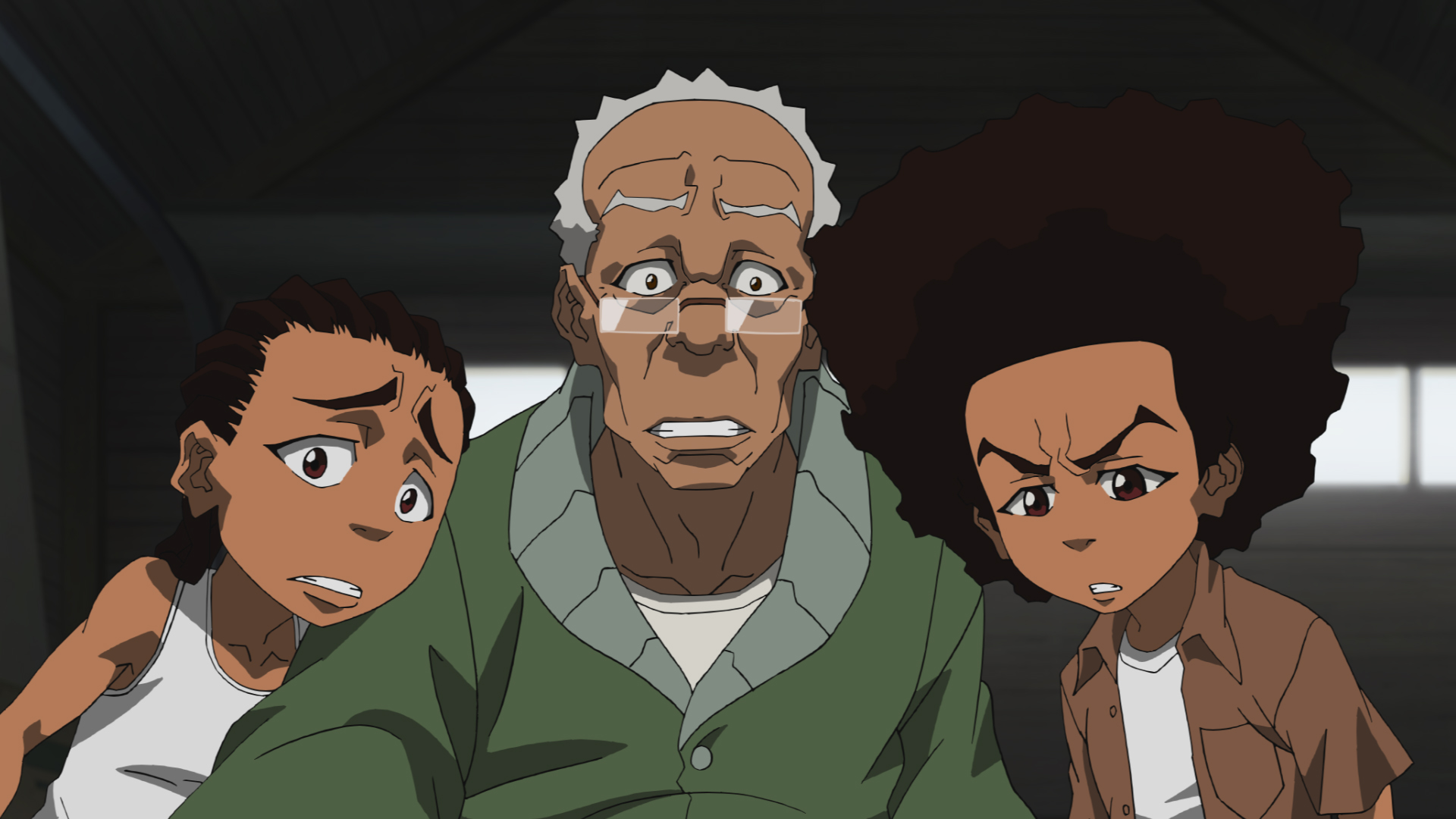






"There are also other characters that come and go (also owned by the Warner Bros. Discovery conglomerate media company)."
Huh. Is that just referring to other characters from the show itself, or is this implying that the new season is going to have cameos from other WBD IPs